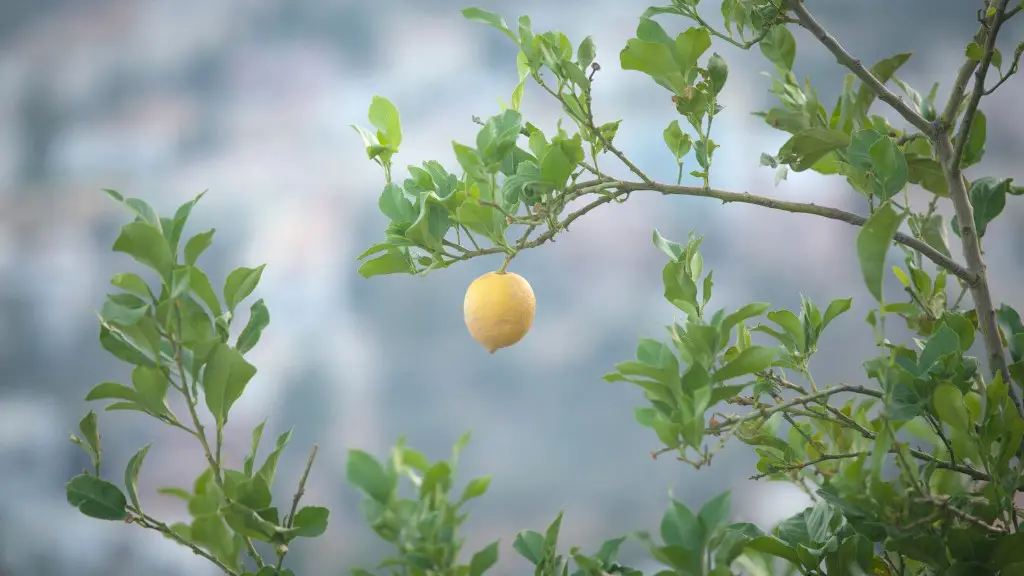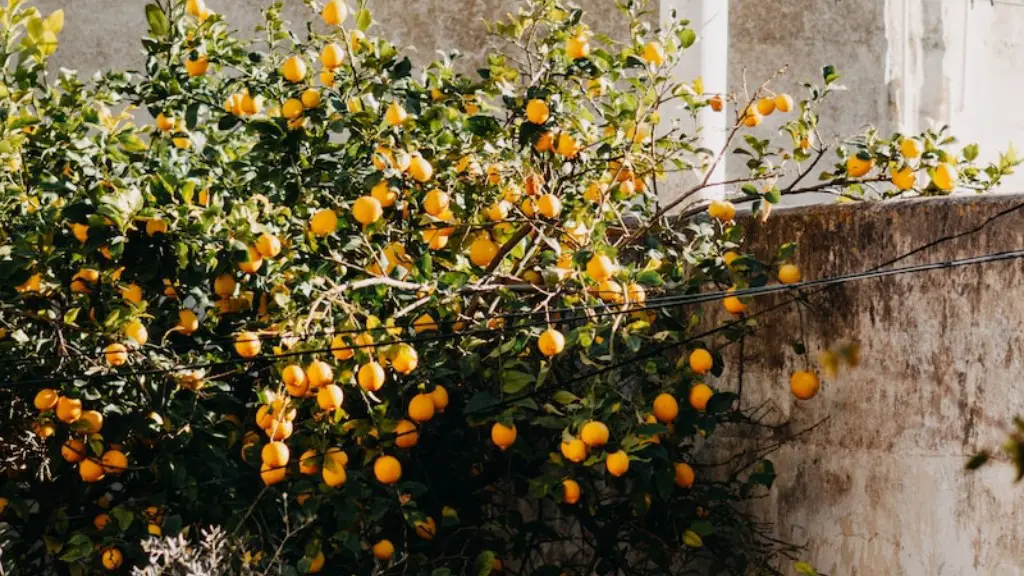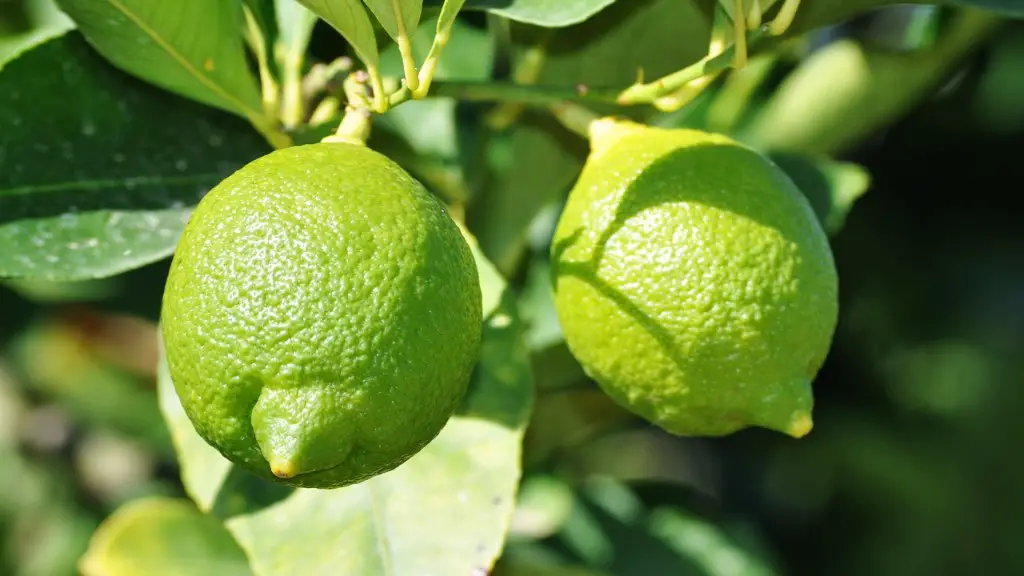Part 1: planting an avocado tree
Growing an avocado tree from a seed is a rewarding and exciting experience for many homeowners. As one of the most popular and nutritious fruits, avocados are widely available in many grocery stores and supermarkets, but planting and growing one from a seed is a great way to grow your own. Planting an avocado tree from a seed is not too difficult and can yield delicious fruit that you can enjoy. Here is a step-by-step guide on how to successfully grow your own avocado tree from a seed.
The first step is to choose a healthy, ripe avocado for planting. Avocados are relatively easy to recognize, as they are large, oval-shaped fruits with a greenish-purple skin. Be sure to pick an avocado that is ripe and ready to eat. Once you pick an avocado, cut it in half and remove the pit, taking care not to damage it or break it.
Next, place the pit in a cup of water and let it soak overnight. This process ensures that the pit is hydrated and that any protective coating around it softens and dissolves. After the pit has soaked overnight, use a toothpick to pierce some holes along the length of it. This helps the pit to germinate and also provides a way for water and oxygen to enter the seed.
Then, peel off the outer brown protective layer of the pit and discard it. Now soak the seed in water for about 24 hours, making sure to keep it fully submerged. After 24 hours, the seed should begin to sprout a taproot. Once the tap root is about one inch long, the seed can be planted.
In order to plant the seed, fill a small pot with soil and make sure to leave enough room for the seed to be planted. Once filled with soil, make a small hole in the center with a pencil or your finger. Place the seed in the hole and lightly cover with soil, just enough to ensure that the seed is completely covered.
Lastly, water the seed thoroughly and place the pot in an area with indirect sunlight. Make sure to keep the soil moist, but not soggy. If the soil gets too dry, the seed will not germinate. After a few weeks, the avocado tree should begin to sprout from the top of the seed.
Part 2: ongoing care of your avocado tree
After planting the seed, there are several steps that you must take to ensure that your tree remains healthy and productive. When the avocado tree is a few weeks old, it will need to be transplanted into a larger container. Be sure to use a pot that is large enough to accommodate the growing tree and ensure it is not crowded in the pot with other plants.
It is important to provide your avocado tree with the right amount of sunlight each day. To do this, place the pot in an area that receives a few hours of indirect sunlight each day. It is also important to provide the tree with enough water. As with any other plant, the amount of water necessary depends on the soil and the climate, but generally, the soil should be kept moist. Make sure to water the tree about twice per week, ensuring that the soil does not become too dry.
It is also important to fertilize the soil regularly to ensure that the tree has the nutrients it needs. Fertilizers with a balanced ratio of nitrogen, phosphorus, and potassium, as well as trace elements, are all necessary for healthy growth. Make sure to follow the instructions on the packaging of the fertilizer and limit how much you add in order to avoid overpowering the soil with too much fertilizer.
Lastly, it is important to prune your tree regularly in order to maintain its health and productivity. To prune an avocado tree, first remove any dead, diseased, or damaged branches. Then, thin out branches which are crowding in the center of the tree or blocking other branches’ access to sunlight. Once this is done, prune any branches which are growing excessively and trim any branches that are too long, ensuring that the tree is shapely and balanced.
Part 3: harvesting your avocado tree
Avocado trees can typically yield fruit after about three to five years, depending on the variety and the climate. In order to ensure that the fruit is of high quality, the trees should be pollinated. To do this, you can either use a small paintbrush to manually pollinate the flowers or purchase bees and release them in the area to do the pollination for you.
Once the fruit is ready for harvesting, it is important to know when to harvest it. Avocado tree fruit will typically reach maturity between three and nine months after pollination. To test if the fruit is ripe, gently press it with your thumb. If it yields easily, it is ready to be harvested. Additionally, the color of the fruit can provide an indication of ripeness. For green-skinned avocados, they should be harvested when they are a deep, green color, while purple-skinned avocados should be harvested when they are a deep, purplish color.
When harvesting, be sure to carefully cut the fruit off the tree. Be sure not to tug or pull at the fruit as this can damage the tree, and be sure to use sharp, clean pruners for a clean and precise cut. Once the fruit has been harvested, it should be examined to make sure there are no blemishes or scratches and no evidence of insects. If all looks good, the fruit can then be eaten or stored for future use.
Part 4: pests and diseases
When planting and growing an avocado tree, it is important to be aware of possible pests and diseases that can affect the tree. Common pests that can affect an avocado tree include spider mites, mealy bugs, and scale insects. The best way to combat these pests is to use a biological spray or insecticidal soap. Additionally, beneficial predatory mites can be released in the area to help naturally control these pests.
Common diseases that can affect an avocado tree include root rot and leaf spot. Root rot is caused by a fungus that attacks the root system of the tree and can be controlled with a fungicide. Leaf spot is caused by a fungus or bacterium that attacks the leaves of the tree and can be treated with an appropriate fungicide or bactericide.
It is important to monitor your tree for signs of pests and diseases, and take appropriate action if any are spotted. This can help to ensure that the tree remains healthy and productive and can continue to yield delicious fruit for years to come.
Part 5: harvesting soil and fertilizers
When planting an avocado tree, it is important to use a soil with the right balance of nutrients and characteristics. A general potting soil or a well-draining soil with high organic matter is ideal for planting. Generally, soils with a pH of 5.5 to 6.5 are well-suited for avocado trees. Additionally, it is important to use a soil that is slightly acidic, as this prevents the tree from suffering from nutrient deficiencies.
Fertilizers can also help to promote healthy growth and yield in an avocado tree. To achieve the best results, it is best to use a fertilizer with a balanced ratio of nitrogen, phosphorus, and potassium, as well as trace elements. Additionally, liquid fertilizers can be used in order to provide the tree with a continuous supply of nutrients.
By providing the tree with the right soil, fertilizers, and care, it is possible to successfully grow an avocado tree that is healthy and productive. With regular care and attention, you will be reaping the rewards of your labor in no time.
Part 6: providing the right environment
When growing an avocado tree, it is important to provide it with the right environment in order to ensure success. The ideal temperature range for avocado trees is between 55 and 80 degrees Fahrenheit with humidity between 40 and 60%. Additionally, avocado trees should be placed in an area that has a minimum of four hours of sunlight each day.
Additionally, although avocado trees can survive in colder temperatures, it is best to protect them from frosts, snow and cold weather. To do this, cover the tree with a blanket or other form of protection during cold weather. Additionally, make sure that the tree has adequate ventilation, as this helps to prevent rot and disease.
By providing the tree with the right environment and protection from extreme temperatures, it is possible to help ensure a healthy and productive tree. With regular care and attention, an avocado tree can thrive for many years.
Part 7: supplemental resources
Although planting and growing an avocado tree can be fairly straightforward, there are many resources available online to provide additional information and guidance. There are also various books, magazines, and blogs which can provide useful information and tips on planting and taking care of an avocado tree.
Additionally, there are various forums, websites, and social media pages dedicated to plants, gardening and avocados. These places can provide invaluable insight into the process of planting and growing an avocado tree, as well as valuable advice on how to take care of and maintain it.
In addition to these supplemental resources, it is important to consult with a local expert or nursery for advice tailored to your specific climate and environment. This way, it is possible to ensure that your avocado tree is planted and maintained in the most successful and efficient way possible.


